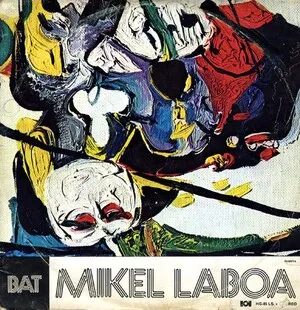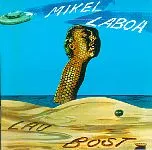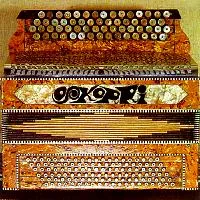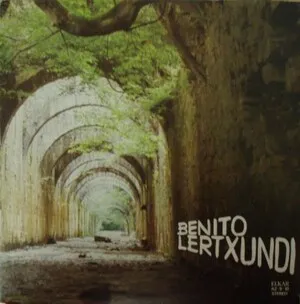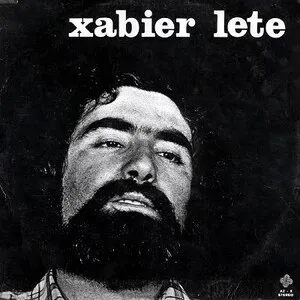Euskal kantagintza berria (literally “new Basque song”) is a Basque-language singer‑songwriter and folk revival movement that arose in the 1960s. It blends the poetic, socially conscious ethos of the wider Iberian and Latin American nueva canción currents with local Basque folk idioms, instruments, and meters.
Musically, it centers on intimate, lyric‑driven songs, usually led by voice and guitar, often enriched by Basque timbres such as txalaparta, trikitixa, alboka, or txistu. Lyrically, it foregrounds the Basque language (Euskara), exploring identity, landscape, love, and cultural and political aspirations under censorship.
The movement is closely associated with the collective Ez Dok Amairu and iconic figures such as Mikel Laboa and Benito Lertxundi. Its legacy underpins later Basque‑language folk, pop, and rock, and it remains a touchstone for artists who treat song as a vehicle for cultural continuity and reflection.
Euskal kantagintza berria emerged in the 1960s in the Basque Country amid a broader international folk revival and the Iberian nueva canción wave. Inspired by chanson (Brassens, Brel), Spanish- and Latin American–led nueva canción, and local folk poetry and song, Basque artists chose Euskara as their medium at a time when public use of the language was discouraged or censored.
A key catalyst was the Ez Dok Amairu collective (founded mid‑1960s), whose members—including Mikel Laboa, Xabier Lete, Lourdes Iriondo, and Benito Lertxundi—sought to renew Basque song by marrying contemporary songwriting with Basque poetic tradition (bertsolaritza) and indigenous instruments and meters (e.g., zortziko). Concerts, recordings, and poetry settings functioned as quiet cultural resistance under the Franco regime, preserving and revitalizing Euskara in public life.
Through the 1970s the repertoire broadened: artists set modern Basque poetry to music, incorporated trikitixa and txalaparta textures, and experimented with folk‑rock instrumentation. Groups such as Oskorri developed ensemble formats, while soloists like Imanol and Urko brought a more overtly social focus. By the 1980s, even as Basque rock scenes took shape, the new Basque song continued to inform Basque‑language pop, folk‑rock, and stage traditions.
Euskal kantagintza berria established a modern, literate song tradition in Euskara and affirmed the role of music in language maintenance and cultural self‑definition. Its melodic, text‑first songwriting and Basque timbral palette remain foundational for later Basque indie folk, folk‑rock, and singer‑songwriters, and its classic songs endure as common repertoire in the Basque cultural sphere.
Write intimate, text‑led songs in Euskara that place the voice at the center. Let melody and prosody serve the poem, not the other way around.


